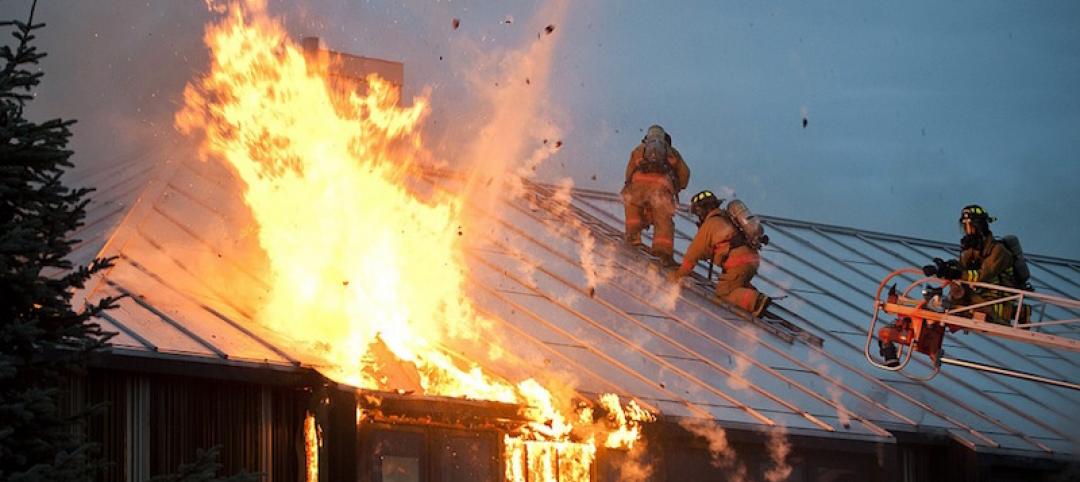Greater energy efficiency, along with outsourced heavy industry and customers generating their own power, have created flat demand for utility power for 10 years. Stagnant demand is likely for the foreseeable future.
That’s good news for consumers and efforts to reduce greenhouse gas emissions. But utilities are having a tough time adjusting to this new business environment, as electricity demand had risen steadily for about a century.
There have been recent requests from utilities to bail out large coal and nuclear plants. It also has been tough for long-term planning. For instance, the Tennessee Valley Authority has found its 20-year forecasts obsolete almost as soon as they are released.
Some utility executives are nervous about what the future holds for their organizations. Utilities may need to make money through services rather than on investment returns on new generating capacity. Nevertheless, as a Vox article points out, more stringent energy codes and better efficiency technology produce multiple benefits for the country. Declining demand saves money, reduces pollution, and avoids the need for additional capital expenditures for expensive infrastructure.
Related Stories
Codes and Standards | Aug 3, 2017
ASID headquarters is first space in the world to earn both LEED and WELL Platinum Certification
Washington, D.C. office is showcase for top levels of the two standards.
Codes and Standards | Aug 2, 2017
OSHA to release web-based injury and illness reporting form on August 1st
Employers can use the application to submit forms electronically.
Codes and Standards | Aug 1, 2017
Zoning that restricts housing construction also dampens other economic development
Land use restrictions reduce U.S. GDP by 9% annually.
Codes and Standards | Jul 27, 2017
Five fire scenarios tested on full-scale mass timber building
Results will help inform code changes.
Codes and Standards | Jul 26, 2017
New ISO standard on video fire detectors will help identify fires more quickly
The standard marks the first comprehensive international specification for this equipment.
Codes and Standards | Jul 25, 2017
Geotechnical solutions prevent building distress due to expansive clay soils
The condition is the most common geologic hazard in the U.S.
Codes and Standards | Jul 24, 2017
Non-union labor gaining ground in New York City
President of contractors’ group says competitive pricing is spurring more open shops.
Codes and Standards | Jul 20, 2017
New tallest tower west of the Mississippi built to stringent seismic standards
L.A.’s new 1,100-foot skyscraper dominates city’s skyline.
Codes and Standards | Jul 20, 2017
Chicago rises to the top of U.S. cities in percentage of LEED or Energy Star office buildings
Certified office buildings reach 66% in windy city.
Codes and Standards | Jul 19, 2017
Economic impacts of climate change will jump over next two decades
Average annual cost to buildings and infrastructure from eastern storms to rise by $7.3 billion.















